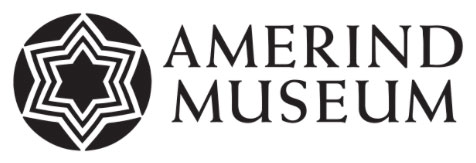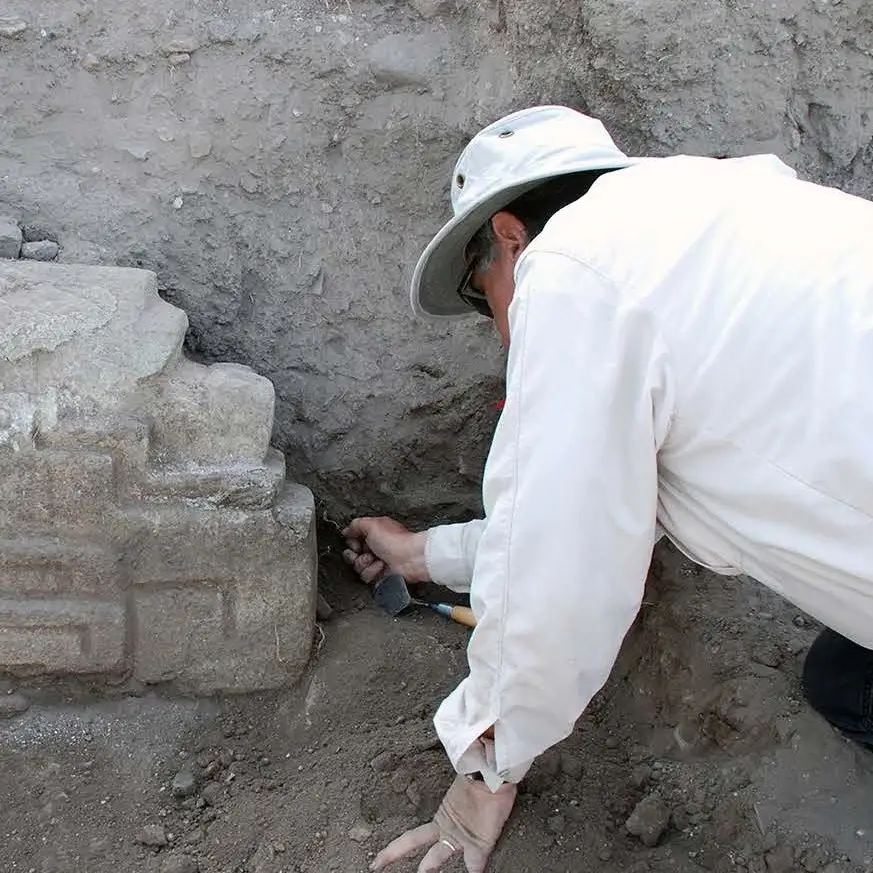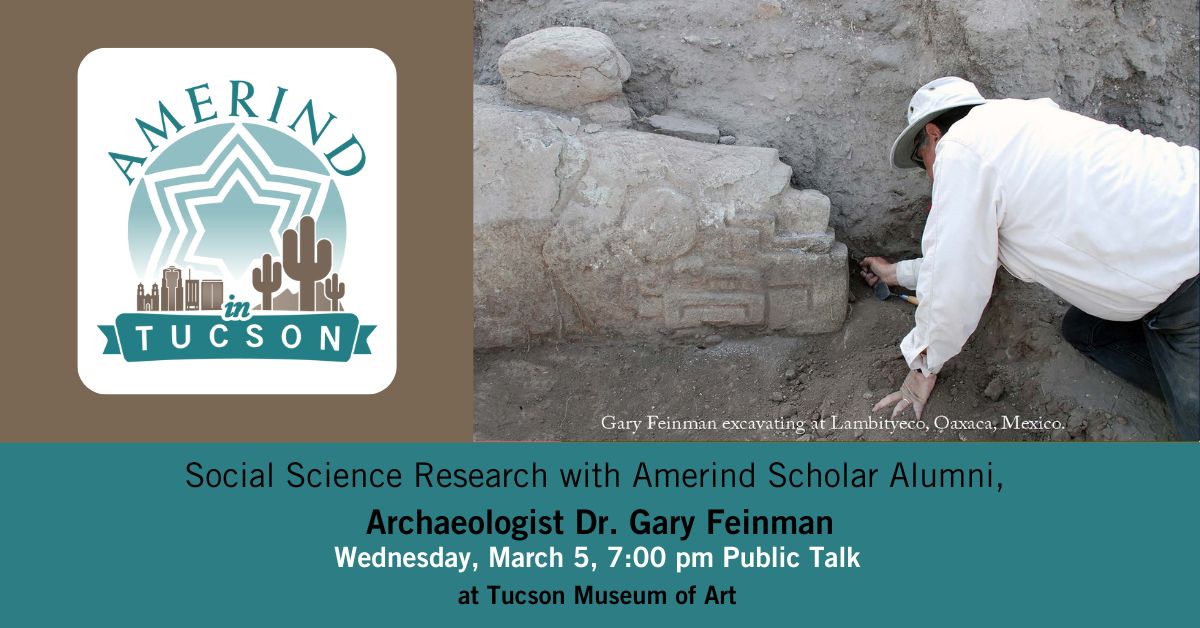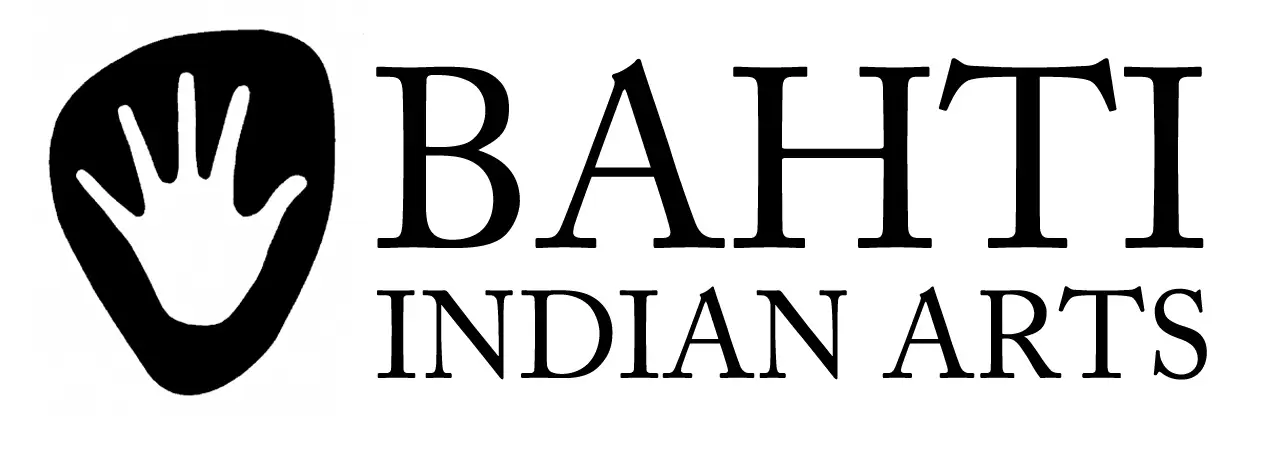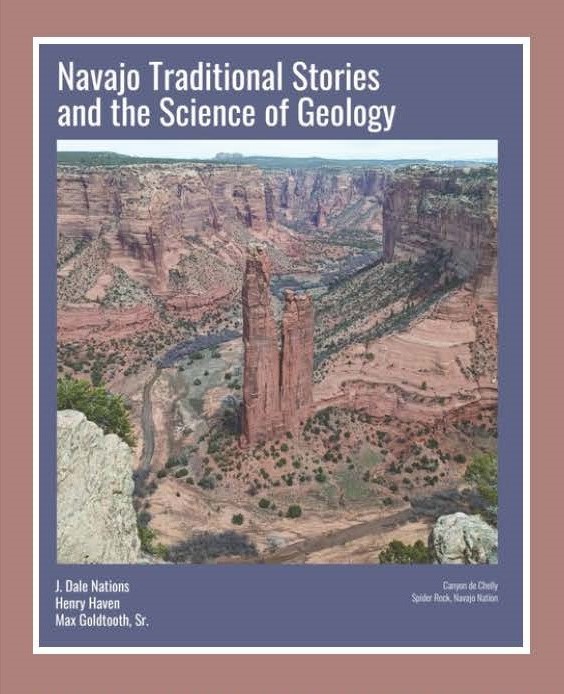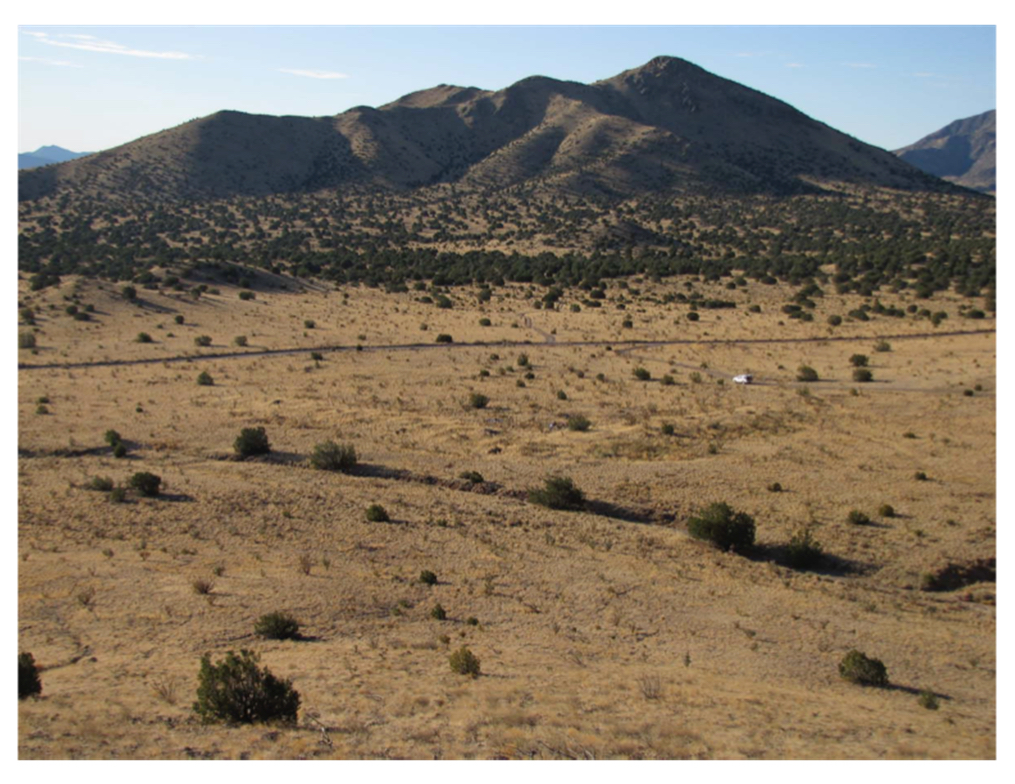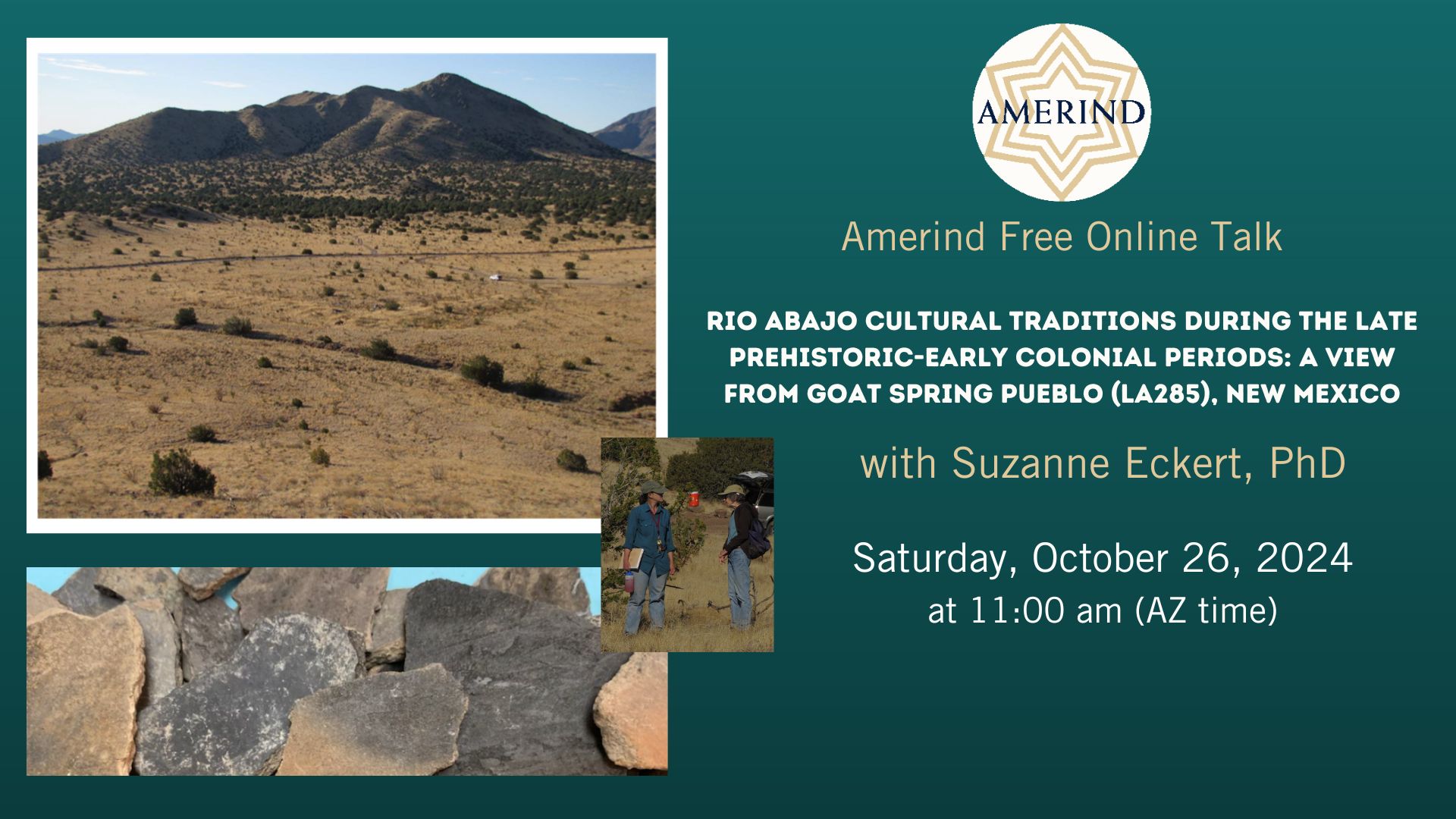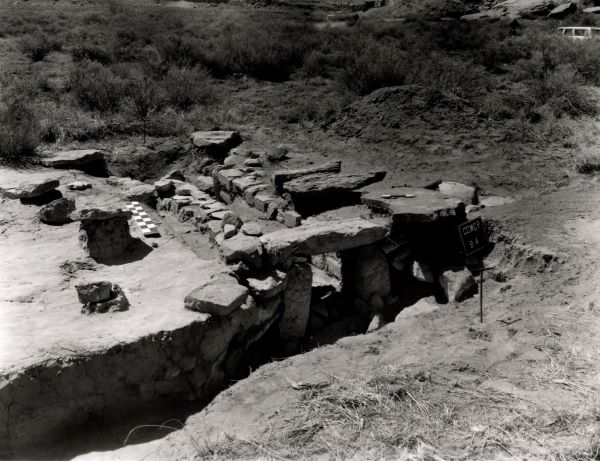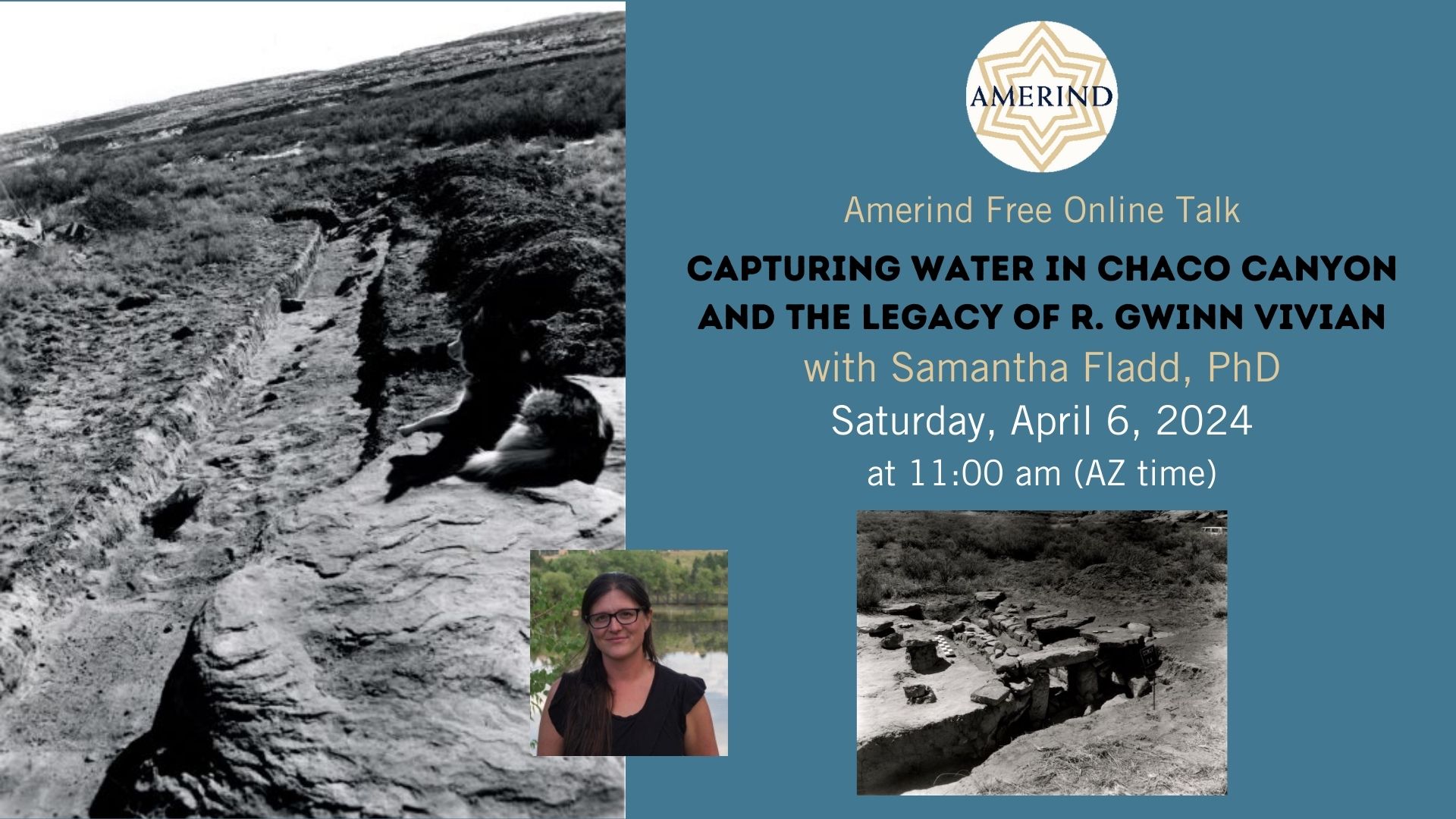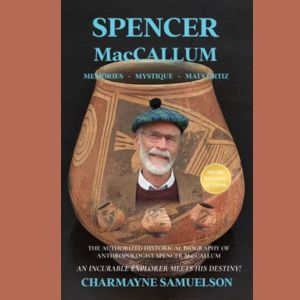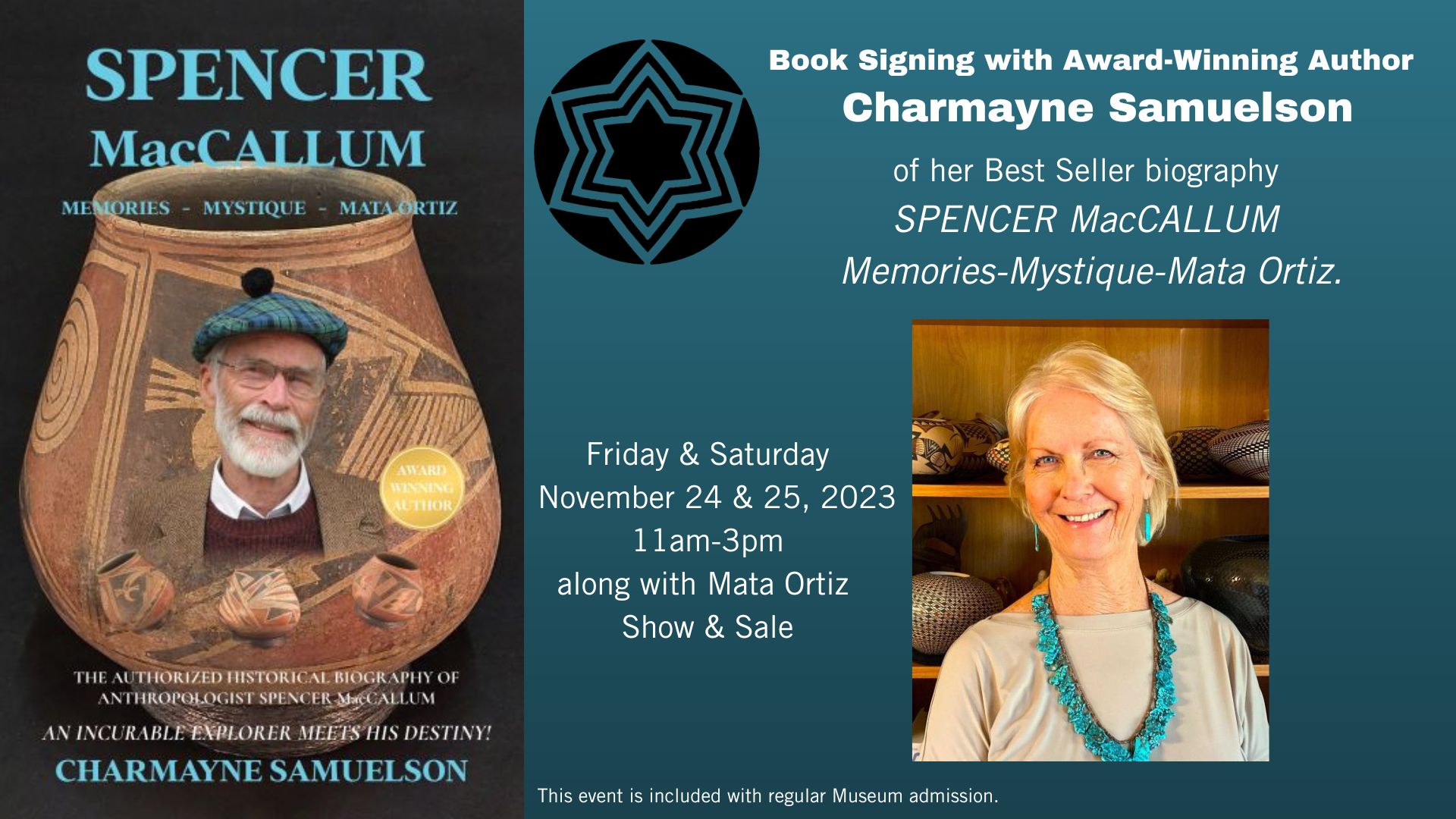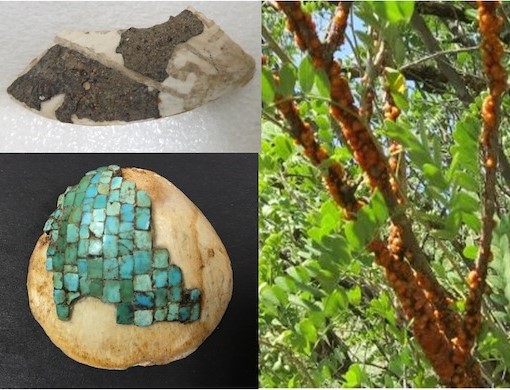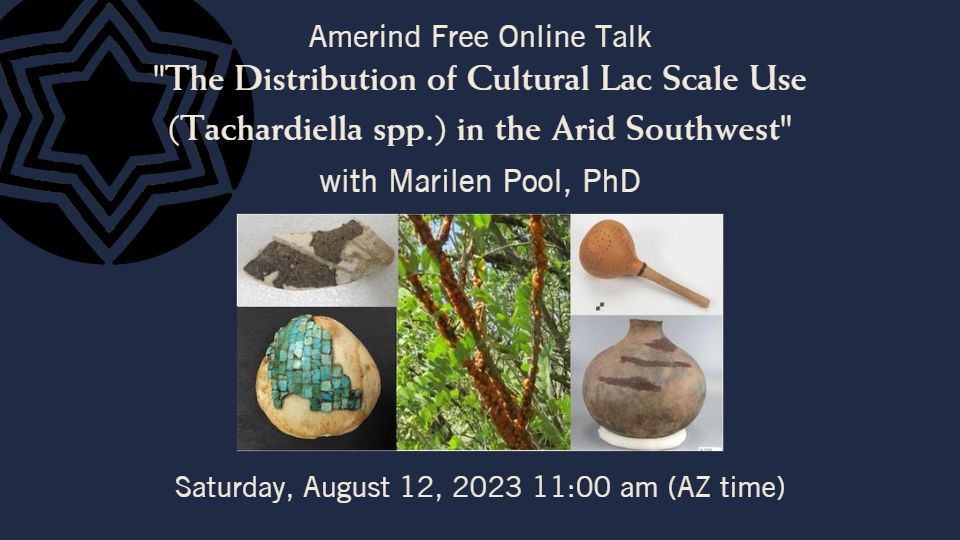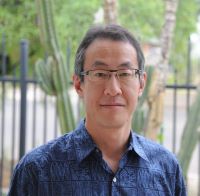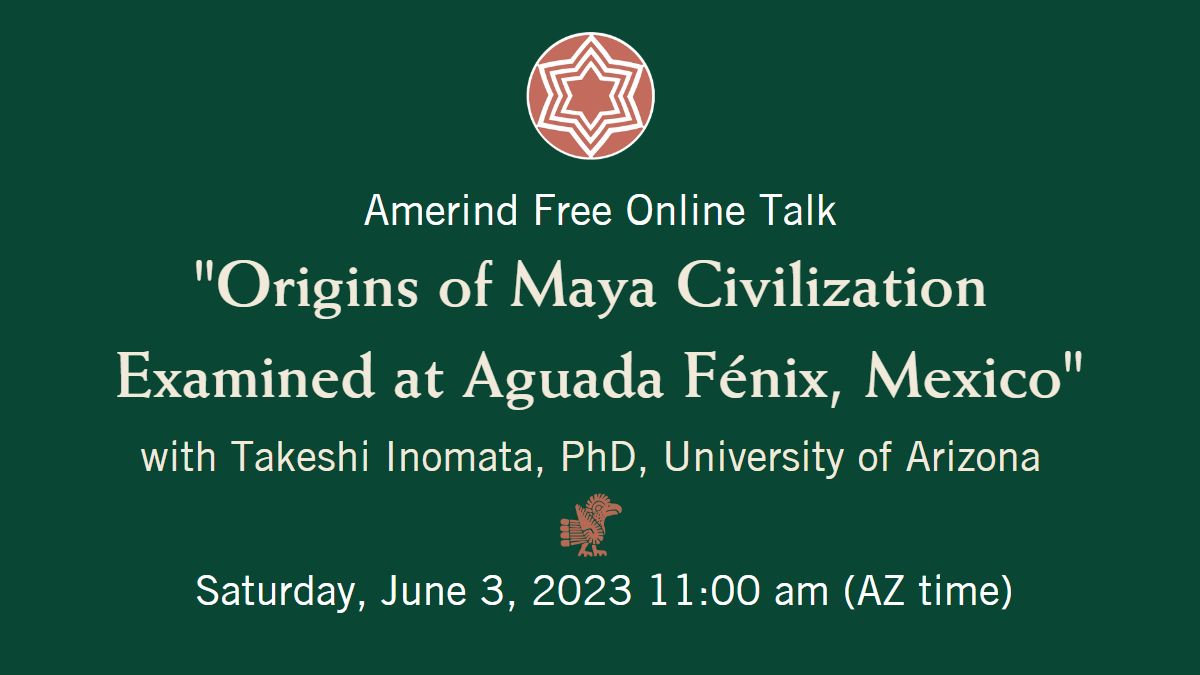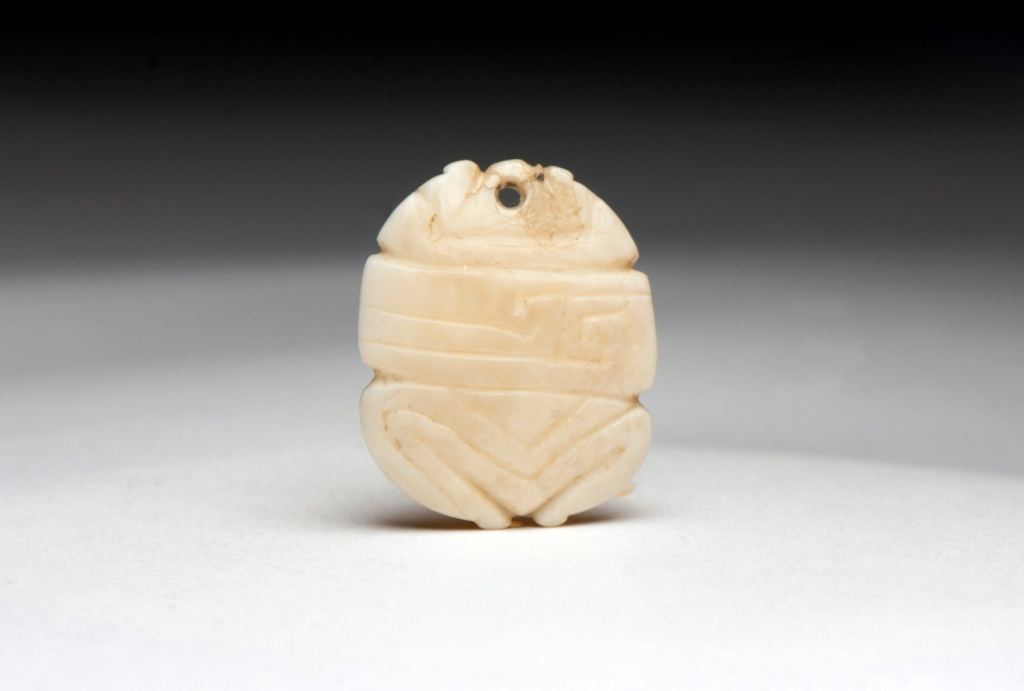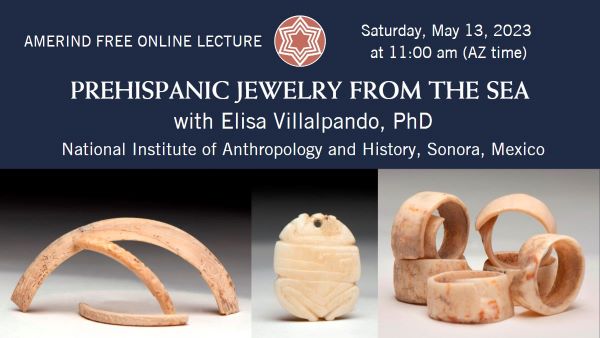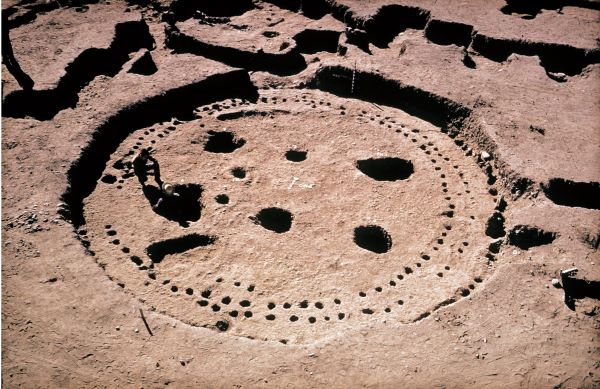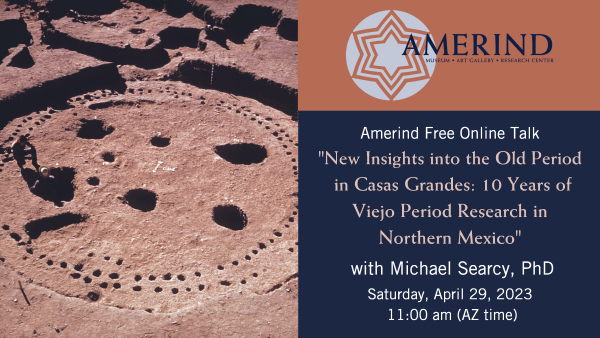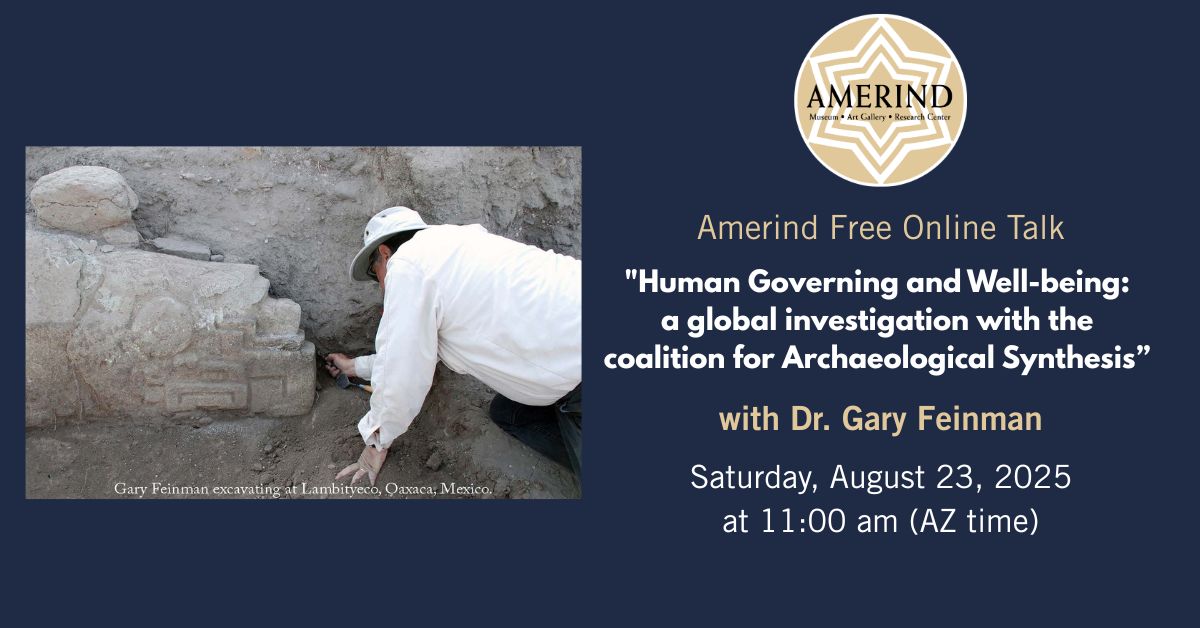
Amerind Free Online Talk
Saturday, August 23, 2025
11:00 am (AZ time)
Join us on Saturday, August 23, 2025 at 11:00 am (AZ time) for an online talk, “Human Governing and Well-being: a global investigation with the coalition for Archaeological Synthesis” with Dr. Gary Feinman (Field Museum of Natural History).
How can we learn from our ancestors to make a better world for tomorrow? Dr. Gary Feinman and an international team of social scientists with the Coalition of Archaeological Synthesis are examining dozens of ancient societies on several continents. Their goal is to better understand how the governing systems humans create affect the practices and well-being of their people. From these insights, they hope to draw lessons that can help create governing systems that allow people to thrive. Amerind’s community has helped support their convenings.
Dr. Feinman is the MacArthur Curator of Mesoamerican, Central American, and East Asian Anthropology at the Field Museum of Natural History. Feinman presently co-directs two international archaeological field projects in Mesoamerica and China. Earlier in his career, Feinman had leadership roles in the Valley of Oaxaca and the Ejutla Valley Settlement Pattern Projects and supervised residential excavations at four sites in the region. For 30 field seasons, he has been co-directing fieldwork in China’s eastern Shandong Province.
To register, visit: https://bit.ly/Amerindonline08232025Feinman
Not sure you can watch live, register with an email and you will be sent the recording of the talk to watch at your leisure after the talk.
